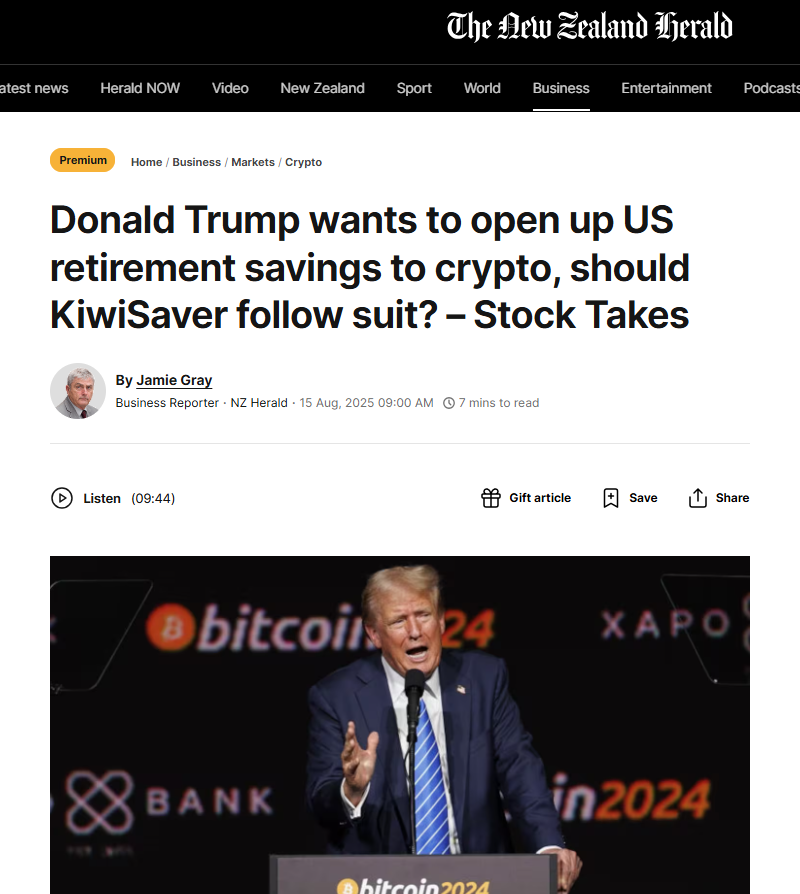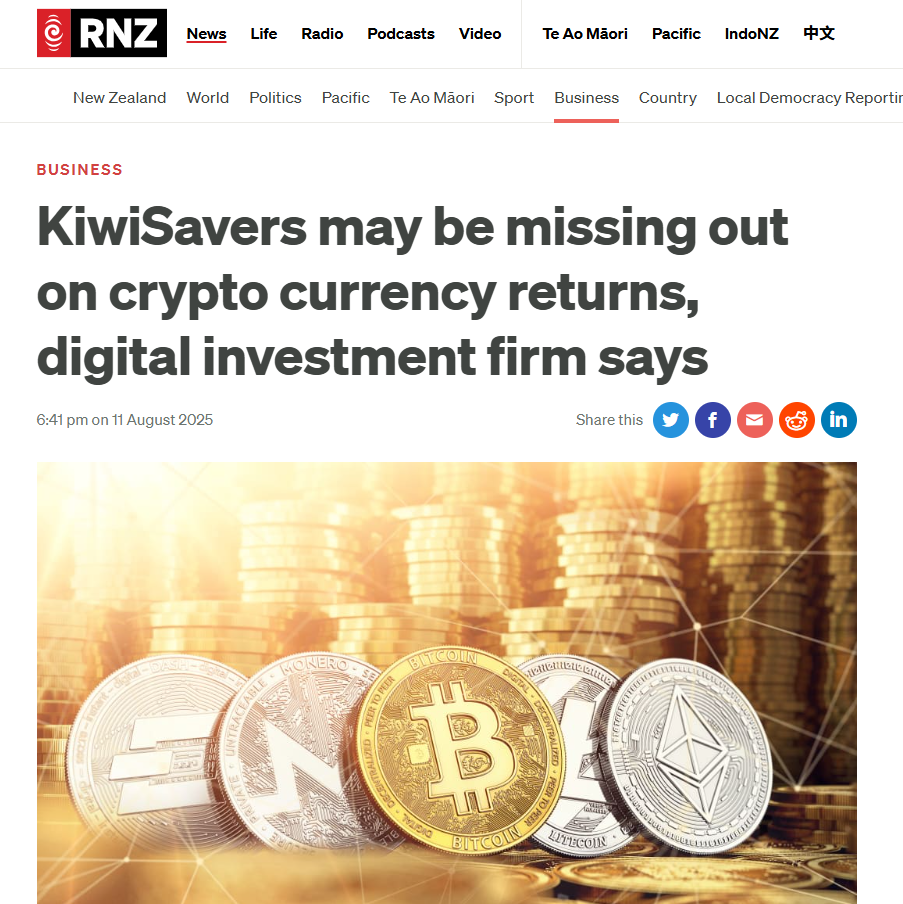Experts Call for KiwiSaver Reform as Diversification Debate Grows
New research highlights the need for broader education and modernisation of KiwiSaver portfolios to improve retirement outcomes for New Zealanders.
KiwiSaver has been one of New Zealand’s most important financial tools for building retirement savings, with balances recently reaching a record $112 billion. However, new analysis suggests many KiwiSaver portfolios remain too narrowly diversified, potentially limiting the long-term outcomes for thousands of members. Industry experts are now urging greater adviser education and reforms that reflect the evolving global investment landscape.

The State of KiwiSaver in 2025
According to the Financial Markets Authority, average KiwiSaver balances rose 19.3% in the past year, with the typical member now holding $33,514. While this shows strong growth, comparisons with international retirement strategies suggest New Zealanders may be missing opportunities to accelerate wealth building. Current KiwiSaver portfolios are largely focused on traditional assets such as shares, bonds, and cash equivalents.
What the Research Shows
Digital investment platform Swyftx compared the returns of a standard KiwiSaver portfolio with alternative allocations to digital assets. Their analysis found that a consistent $10 daily investment into Bitcoin over the past decade—totalling $36,500—would now be worth around $2.8 million. By contrast, the same amount invested in a balanced KiwiSaver fund would have grown to approximately $65,000–$70,000. This stark difference highlights the potential impact of diversification into higher-growth asset classes.
Calls for Adviser Education and System Reform
Jason Titman, chartered accountant and CEO of Swyftx, says the data highlights a growing education gap among financial advisers. He argues that while countries such as Canada, Germany, and Singapore have begun incorporating digital assets into retirement portfolios, New Zealand continues to lag behind. Currently, only two KiwiSaver providers offer any exposure to digital assets.
“We’re not suggesting that retirement portfolios should take on excessive risk,” says Titman. “But even a disciplined allocation of 3% to 5% into emerging asset classes like digital assets could significantly shift retirement outcomes for many Kiwis.”
Global Perspectives on Retirement Investment
Internationally, retirement systems are evolving to provide more choice. In the United States, President Donald Trump is reportedly preparing to sign an executive order allowing broader asset options, including digital assets, within 401(k) retirement plans. While controversial, the move reflects a wider global trend of pension systems adapting to investor expectations for higher returns and greater control over retirement savings.
Changing Investor Behaviour in New Zealand
Titman notes that retail investors are already ahead of advisers in some areas. Swyftx’s platform shows that 72% of its 300,000 New Zealand users are aged 25 to 45, placing them directly within the core KiwiSaver demographic. Around 14% of Kiwis—over 700,000 people—are already engaging with digital assets independently. This suggests a strong appetite for diversification that the current KiwiSaver system is not adequately meeting.
The Economic and Social Impact of Diversification
Beyond personal retirement outcomes, Titman says diversification could benefit the broader economy. Increased exposure to emerging industries such as blockchain and digital finance could support local innovation, job creation, and tax revenue growth. He emphasises that the issue is not speculation but long-term planning, with small allocations providing meaningful improvements without excessive risk.
Media Coverage of the Debate
The research and calls for KiwiSaver reform have been featured in major outlets such as NZ Herald, RNZ and Otago Daily Times. National coverage reflects the growing urgency for conversations about whether KiwiSaver is adequately serving future generations of New Zealanders and whether reforms are needed to keep pace with global trends.
The Role of Financial Advisers
Titman believes that improving adviser education is key to bridging the gap. Swyftx has launched a digital asset literacy hub designed to provide advisers with portfolio construction tools, regulatory context, and global case studies. “Better-informed advisers can give their clients better retirement outcomes,” says Titman. “It’s not about gambling—it’s about building evidence-based portfolios that reflect long-term goals.”

Impact PR’s Perspective on Financial Communication
At Impact PR, we see stories like this as critical for driving public understanding of financial issues. Retirement planning can often seem abstract, but by linking the conversation to tangible outcomes—such as the difference between a $70,000 and $2.8 million portfolio—brands like Swyftx make the stakes clear. Our experience in the financial and technology sectors shows that transparent communication helps both investors and institutions adapt to changing markets, while building trust through education-led campaigns.
Looking Ahead for KiwiSaver
As KiwiSaver enters its 17th year, pressure is mounting to adapt the system to reflect the needs of younger generations. With retail investors already embracing alternative assets, the question is whether New Zealand’s retirement framework can modernise quickly enough to keep pace with global change.
